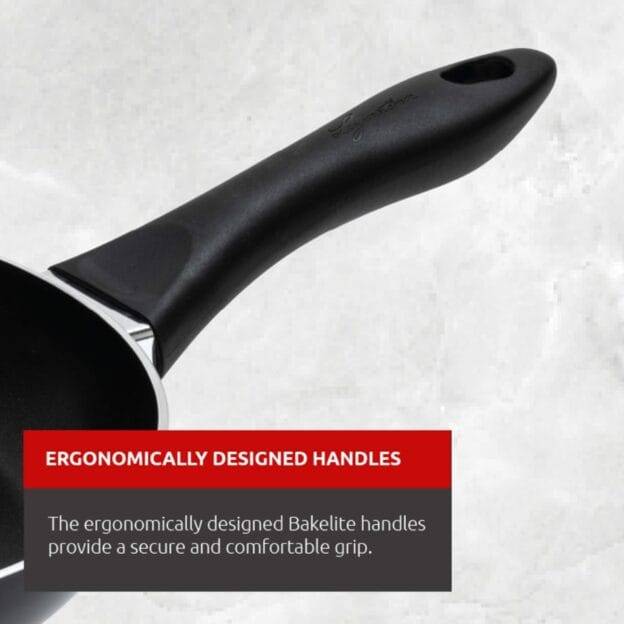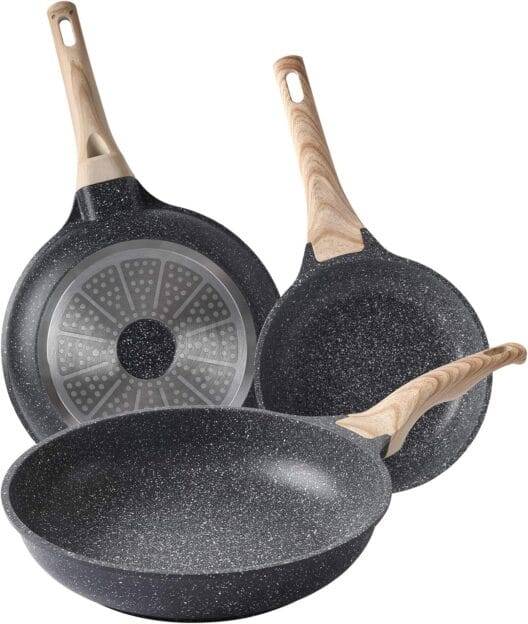Are Ceramic Frying Pans Better Than Traditional Non-stick?
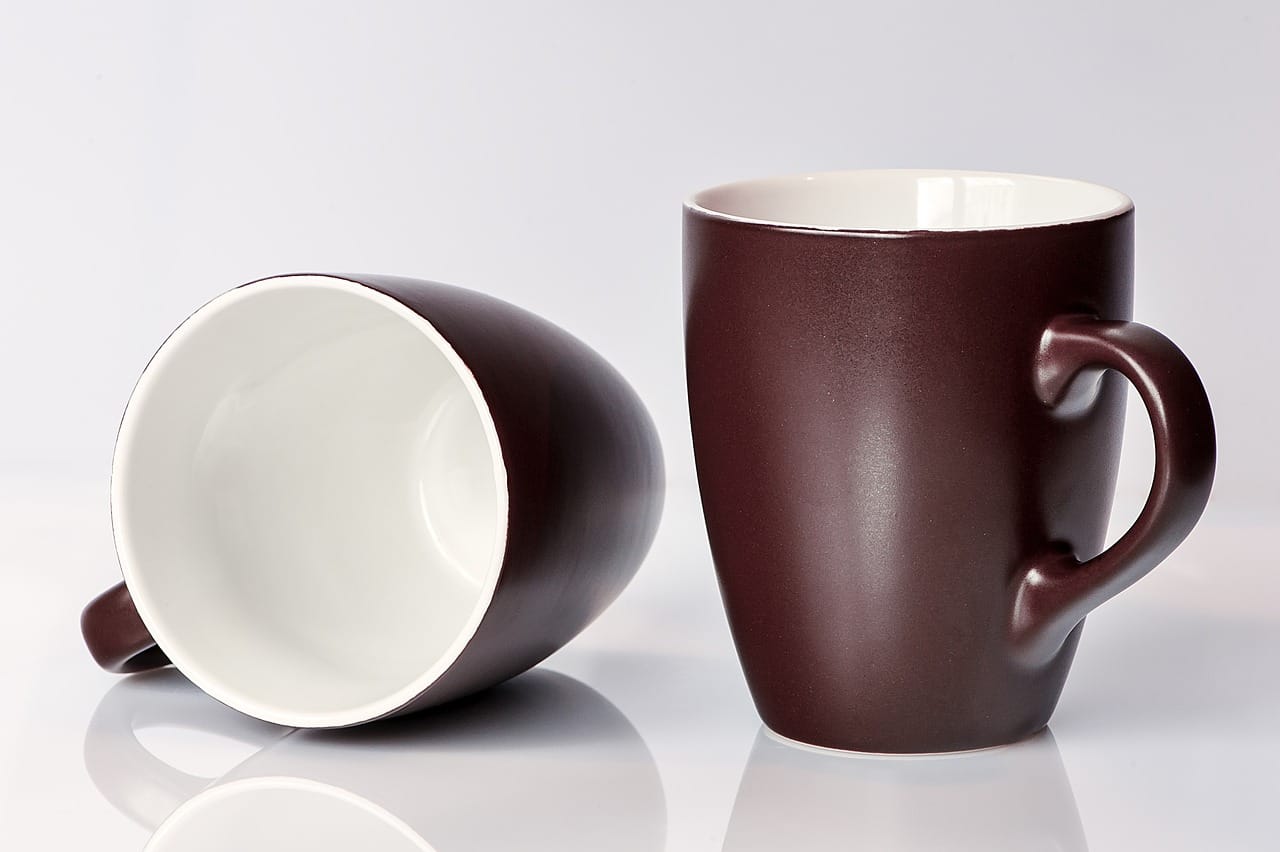
Are you looking to upgrade your cookware? With so many options available, it’s understandable that you might be wondering about the benefits of ceramic frying pans versus traditional non-stick ones. Let’s take a closer look at these two popular types of cookware and help you decide which is the right fit for your kitchen.
Understanding Ceramic Frying Pans
Ceramic frying pans have been gaining popularity due to their versatility and the perception that they are a healthier option. They are often praised for their eco-friendly properties, as they are usually made from natural materials.
What Are Ceramic Frying Pans Made Of?
At their core, ceramic fry pans are pans that have a ceramic coating over a metal base, typically aluminum. This combination allows for quick and even heating, while the ceramic surface offers excellent non-stick properties. Unlike traditional non-stick frying pans, which are typically coated with polytetrafluoroethylene (PTFE), ceramic frying pans use a silica-based coating. This key difference gives them unique qualities worth exploring.
Benefits of Ceramic Frying Pans
- Healthier Cooking: Ceramic coatings do not contain harmful chemicals found in some traditional non-stick coatings, making them a preferred choice for many health-conscious cooks.
- Non-stick Performance: They provide a smooth, non-stick surface which allows for easier cooking and cleaning.
- High-Temperature Tolerance: Some ceramic pans can withstand higher cooking temperatures than traditional non-stick pans without the risk of releasing toxic fumes.
- Scratch Resistance: Many ceramic frying pans come with better scratch resistance compared to traditional non-stick options, offering durability over time.
Drawbacks of Ceramic Frying Pans
While there are many benefits, it’s essential to consider the potential downsides of ceramic frying pans:
- Durability: The ceramic coating can wear off over time, especially if not cared for properly, which can lead to food sticking in the long run.
- Weight: Ceramic frying pans can be heavier than traditional non-stick models, which may make them less desirable for some cooks.
- Heat Conductivity: Depending on the quality, some ceramic pans may not heat as evenly as metal-based options, potentially leading to uneven cooking.
Traditional Non-stick Frying Pans
Traditional non-stick frying pans, often made from aluminum or stainless steel, are coated with a synthetic polymer such as PTFE, commonly known by the brand name Teflon. This coating is designed to create a truly non-stick surface that simplifies cooking and cleaning.
Benefits of Traditional Non-stick Frying Pans
- Ease of Use: The primary draw of traditional non-stick pans is their ability to cook food without it sticking, making them a favorite for eggs and pancakes.
- Lightweight: They tend to be lighter than their ceramic counterparts, which can make handling easier in the kitchen.
- Variety of Options: Available in various sizes and shapes, traditional non-stick pans are easy to find and often come at different price points.
Drawbacks of Traditional Non-stick Frying Pans
- Chemical Concerns: Some non-stick coatings can release harmful chemicals when heated to high temperatures. While newer versions are safer, many still prefer to avoid them altogether.
- Durability Issues: Non-stick coatings can scratch and wear off, making it critical to use non-metal utensils and avoid abrasive cleaning tools.
- Lower Heat Resistance: Traditional non-stick pans tend not to withstand very high heat, which can restrict the types of cooking methods you can use effectively.
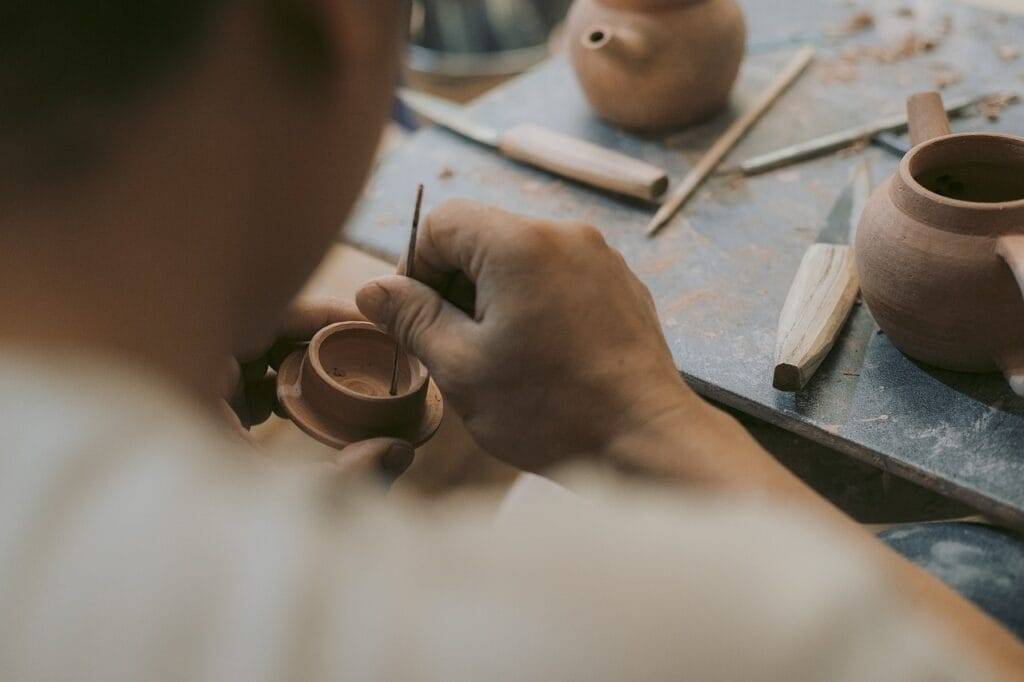
Comparing Ceramic Frying Pans and Traditional Non-stick
Now that you have a good idea of what ceramic and traditional non-stick frying pans offer, let’s break down a straightforward comparison to help clarify the benefits and potential drawbacks of each.
Key Features Comparison
| Feature | Ceramic Frying Pans | Traditional Non-stick Frying Pans |
|---|---|---|
| Chemical Safety | Generally free from harmful PTFE chemicals | May contain PTFE; newer versions are safer |
| Non-stick Performance | Good, but can degrade over time | Excellent |
| Heat Resistance | Higher temperature tolerance possible | Generally lower; can warp at very high heat |
| Durability | Can wear off sooner if mishandled | Prone to scratching and peeling |
| Weight | Heavier than some traditional non-stick models | Lighter and easier to handle |
Use Cases
When deciding between ceramic and traditional non-stick frying pans, think about the type of cooking you do most frequently. For instance:
- If you’re a casual cook who enjoys simple breakfasts (like pancakes and eggs), a traditional non-stick pan may serve you well with its ease of cooking and cleaning.
- If you’re health-conscious and want to avoid chemicals, a ceramic frying pan is the more appealing option, allowing you to cook without worry.
Comparing Ceramic Frying Pans to Other Cookware
It can be beneficial to see how ceramic frying pans stack up against other materials you may be considering, such as stainless steel and cast iron.
Ceramic vs. Stainless Steel
stainless steel frying pans are known for their durability and even heat distribution. While they don’t have the non-stick properties of ceramic fry pans, they can be more versatile for high-temperature cooking.
Benefits of Stainless Steel
- Durability: Stainless steel is virtually indestructible, perfect for aggressive cooking styles.
- Versatile Cooking: Great for high-heat techniques like searing and browning, which can enhance flavors.
Drawbacks of Stainless Steel
- Food Sticking: If not correctly heated or oiled, food can stick, leading to frustration while cooking.
- Weight: Depending on their gauge, they can be heavier and less suitable for those looking for lightweight options.
Ceramic vs. Cast Iron
Cast iron cookware has its loyal following due to its robust construction and excellent heat retention. While it’s much heavier and requires specific maintenance, it’s also incredibly versatile.
Benefits of Cast Iron
- Heat Retainment: Excellent for slow cooking and frying, allowing for even cooking.
- Natural Non-stick Properties: With proper seasoning, cast iron pans become naturally non-stick.
Drawbacks of Cast Iron
- Weight: Cast iron pans can be cumbersome and challenging for some to handle.
- Maintenance: Requires regular seasoning and care; improper maintenance can lead to rusting.
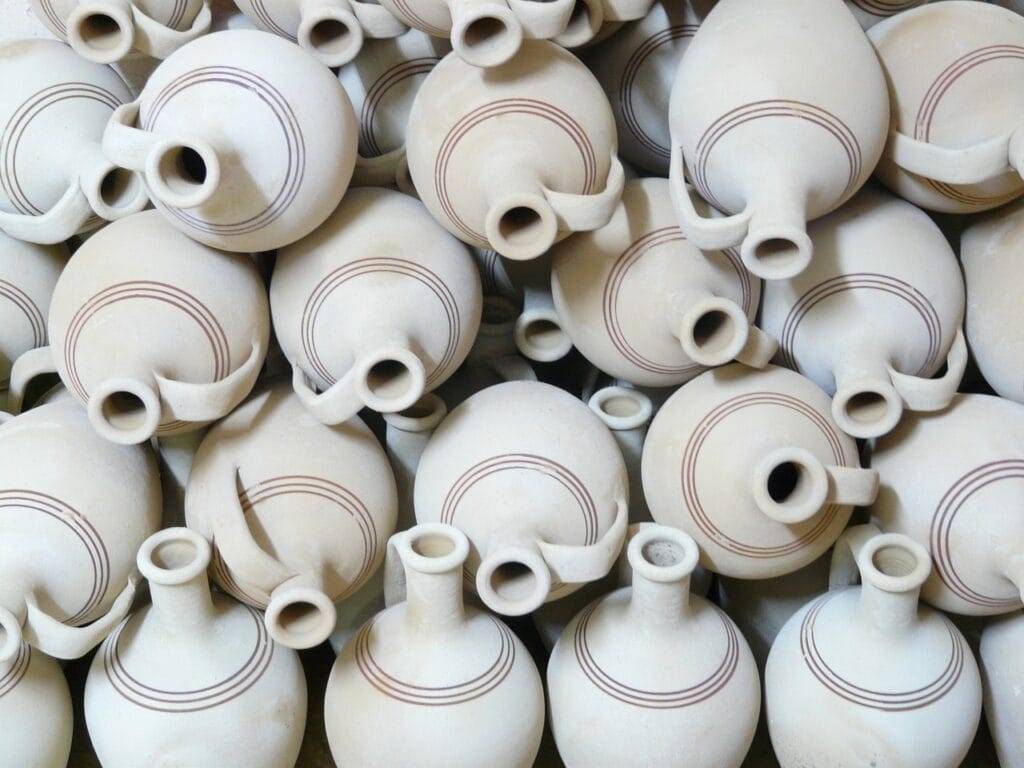
Caring for Your Cookware
Whether you choose ceramic or traditional non-stick, proper care is essential to ensuring longevity and performance. Here are some care tips for each type:
Caring for Ceramic Frying Pans
- Avoid High Heat: While many ceramic pans can withstand high temperatures, it’s best to cook on medium heat.
- Use Non-metal Utensils: Opt for wooden, silicone, or plastic utensils to preserve the ceramic coating.
- Gentle Cleaning: Hand wash with a soft sponge and mild detergent to maintain the integrity of the surface.
Caring for Traditional Non-stick Frying Pans
- Low to Medium Heat: Using lower temperatures can extend the life of the non-stick coating.
- Avoid Abrasive Cleaners: Do not use steel wool or scouring pads, as these can scratch the surface.
- Store Carefully: Stack with care, or use pan protectors to avoid scratches.
Conclusion
In the end, choosing between ceramic frying pans and traditional non-stick options truly comes down to your cooking style, health priorities, and personal preferences. Each type has its merits and drawbacks, but both can serve you well when used appropriately.
If you prioritize a healthier cooking option and don’t mind investing in care and maintenance, ceramic frying pans can be an excellent choice. However, if you’re after effortless cooking with minimal cleanup, traditional non-stick frying pans may better serve your needs.
Whichever you choose, happy cooking! May your culinary adventures bring you joy and delicious meals for years to come. Consider purchasing one of each to experience the best of both worlds. After all, having a variety of cookware in your kitchen can enhance your cooking experience and allow for greater versatility.
